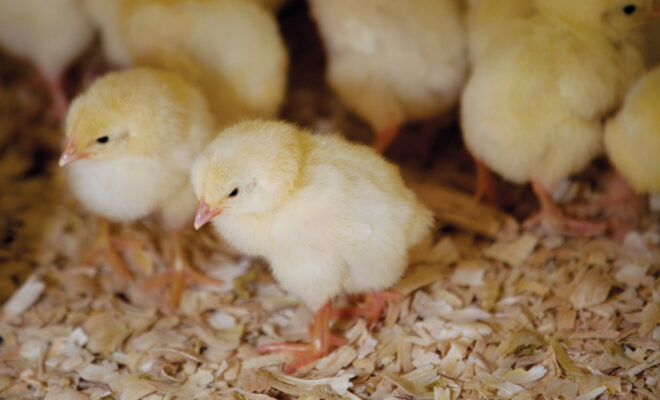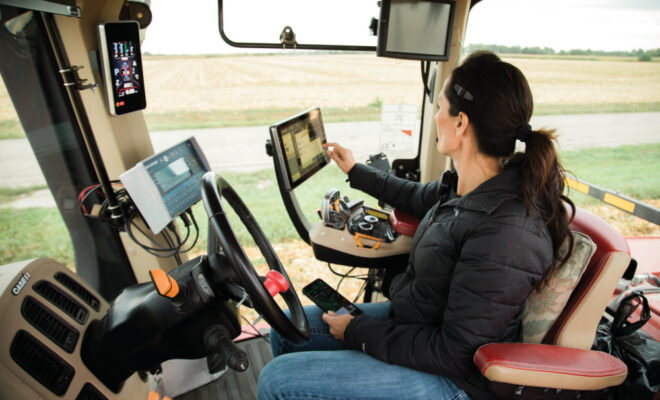 We maintain 7-foot-tall fences, yet lack the high-voltage wires for a Jurassic Park designation. Even so, chickens supposedly represent the closest living relative to the Tyrannosaurus rex, arguably the most feared and famous of all dinosaurs.
We maintain 7-foot-tall fences, yet lack the high-voltage wires for a Jurassic Park designation. Even so, chickens supposedly represent the closest living relative to the Tyrannosaurus rex, arguably the most feared and famous of all dinosaurs.
Instead, we view our flock as a livestock hobby turned 4-H project. Their presence in our lives generates plenty of perks: Fresh eggs for breakfast casserole. Flavorful meat for chicken noodle soup. And a learning experience with chores appropriately matched to our kids, now 9 and 7.
My husband reminds me that the freeloading hens in the flock peck away any chance for this hobby to break-even. Still, we meet the overarching goal: for the kids to gain responsibility, to experience how chickens grow and to understand the flock’s purposes. Along the way, they also witness the hens’ behaviors, and sometimes, misbehaviors worthy of the Naughty Step. Illinois Farm Bureau’s livestock director recently coined it well.
“The more room you give chickens, the more trouble they get into.”
The recent conclusion of a three-year study intended to reveal the advantages and disadvantages of three types of commercial-scale egg production systems, from cage-free aviary to conventional cage. As expected, the cage-free birds socialized and exercised more. Contrary to popular belief, the study showed that cage-free environments caused the most harm to bird welfare and worker health. The study found that commercial cage-free egg production led to higher bird death rates, more bone damage, higher production costs, dirtier eggs and dustier working conditions by comparison to the conventional caged systems used in 95 percent of U.S. egg production.
About the Author
I believe it. Soon into our backyard chicken project I became aware that feeding the masses required more birds and different housing arrangements. Chickens expose dirt and dust bathe. They defecate on any surface they can stand upon. And they may peck a fellow chicken to death. The “pecking order” factor contributed to the high mortality rate in cage-free operations, the study reported. I on several occasions isolated our backyard flock’s “inferior” hen to keep her alive, and she lived with only eight other hens.
The Coalition for Sustainable Egg Supply funded this research project, available at www.SustainableEggCoalition.org. The Coalition includes egg suppliers, animal welfare scientists, universities, and major food companies and restaurants that use eggs, like General Mills and McDonald’s. The corporate marketing messages that follow this study will be worth watching, as will the public’s response. Will the attacks on conventional cages falter? Will public scrutiny shift gears?
Perhaps an interpretation of this study is that farmers know best for their own farms. Consumers may choose to think otherwise, but I first encourage them to either talk to an egg farmer or take a flock of dinosaur descendants under their wing for a while.




